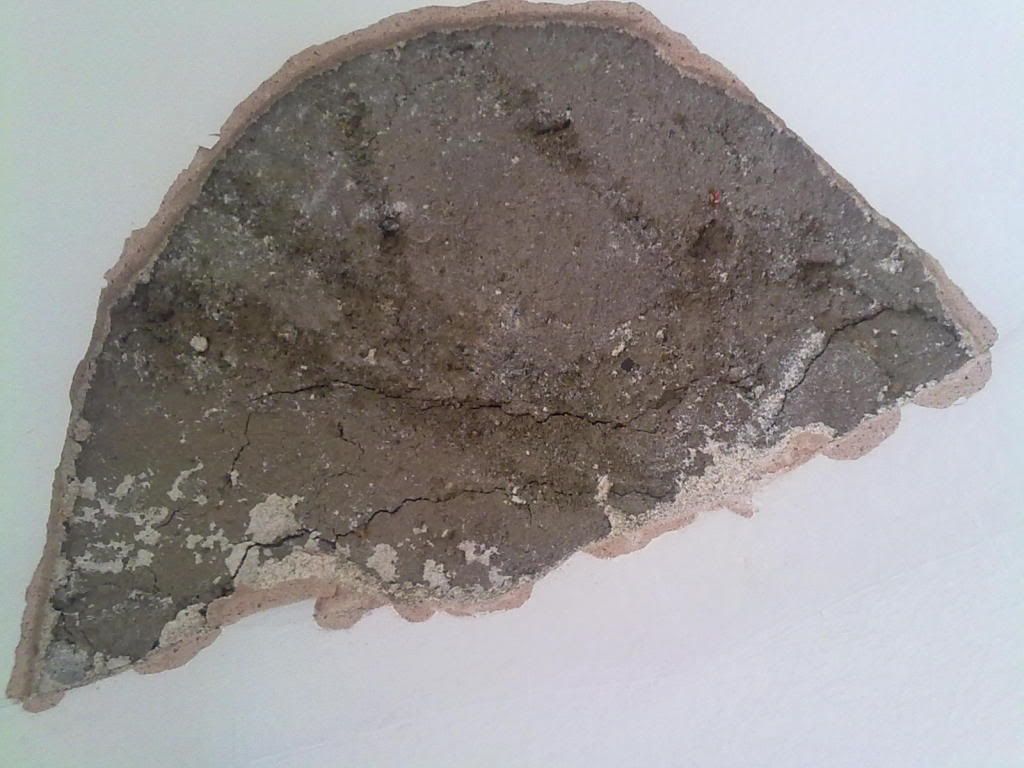Hello, I'm planning on repairing some cracked and hollow plaster in my spare bedroom. I plan to remove the affected area probably back to brick. So heres what i propose to do: 1. PVA or dampen the brick then do a sand and cement base.
2.PVA or dampen the sand cement base then apply some patching plaster, maybe polyfill.
Would this be the right way to do it? If i use PVA then how much? Do i apply the sand cement when pva is dry? Just a few things i need to get straight before i start. Thanks. Phil
2.PVA or dampen the sand cement base then apply some patching plaster, maybe polyfill.
Would this be the right way to do it? If i use PVA then how much? Do i apply the sand cement when pva is dry? Just a few things i need to get straight before i start. Thanks. Phil


